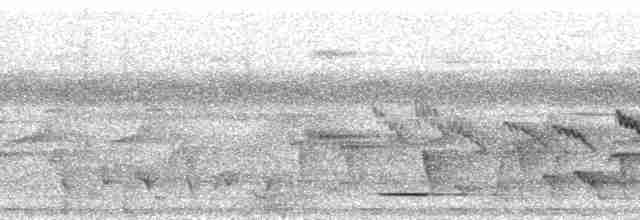Samoan White-eye Zosterops samoensis Scientific name definitions
- NT Near Threatened
- Names (21)
- Monotypic
Text last updated November 17, 2016
Sign in to see your badges
Species names in all available languages
| Language | Common name |
|---|---|
| Bulgarian | Самоанска белоочка |
| Catalan | zosterop de les Samoa |
| Croatian | samoanska bjelooka |
| Dutch | Savaibrilvogel |
| English | Samoan White-eye |
| English (United States) | Samoan White-eye |
| Estonian | samoa prilliklind |
| French | Zostérops des Samoa |
| French (Canada) | Zostérops des Samoa |
| German | Samoabrillenvogel |
| Japanese | サモアメジロ |
| Norwegian | samoabrillefugl |
| Polish | szlarnik samoański |
| Russian | Самоанская белоглазка |
| Serbian | Samoanska belooka |
| Slovak | okánik samojský |
| Spanish | Anteojitos de Samoa |
| Spanish (Spain) | Anteojitos de Samoa |
| Swedish | samoaglasögonfågel |
| Turkish | Samoa Gözlükçüsü |
| Ukrainian | Окулярник савайський |
Zosterops samoensis Murphy & Mathews, 1929
Definitions
- ZOSTEROPS
- zosterops
- samoensis
The Key to Scientific Names
Legend Overview
Field Identification
10–11 cm. Has narrow white eyering more or less broken at front, lores yellowish-green; including forehead, crown and upperparts dull citrine; flight-feathers and tail brownish-black, former broadly edged greenish, rectrices rather narrowly edged greenish; throat and undertail-coverts light yellow, breast and flanks pale yellowish-green, trace of buffish on flanks, centre of belly very pale yellowish (rather weak demarcation between upperside and underside); iris yellowish-white; bill brown above, yellow below; legs greyish or greenish. Differs from Z. sanctaecrucis in e.g. white eyering, pale iris, shorter tarsus, much smaller size. Sexes alike. Juvenile undescribed.
Systematics History
Subspecies
Distribution
Island of Savaii, in W Samoa.
Habitat
Upland forest above 900 m, occasionally down to 780 m; was recorded also in open scrub-like habitat after a cyclone in 1991.
Movement
Not known.
Diet and Foraging
No details of diet. Feeds in canopy of forest; sometimes in low bushes in more open scrub. Highly gregarious; travels in flocks of 10–20 individuals, occasionally more (up to 40).
Sounds and Vocal Behavior
Vocalizations include a high-pitched tchee or cheeer, sometimes with a buzzy or gurgling quality similar to notes of the House Sparrow (Passer domesticus), uttered almost constantly by roaming flocks, and a dawn song that comprises doubled notes, similar to the calls, but strung together in sequences of 3–5 pairs: tee-deer, tee-dee, tee-deer, tee-dee, tee-deer (1).
Breeding
Fledglings observed in May (2). No further information.
Conservation Status
VULNERABLE. Restricted-range species: endemic to the island of Savai’i and present in Samoan Islands EBA. Uncommon. Total population fewer than 2500 individuals within global range of 520 km². Flocks of 15–20 birds seen in highlands in 1987, and again in 1991. Common in 2005–2006 (1) and frequently encountered in 2012 (2). Remaining areas of upland forest on Savai’i threatened by slash-and-burn cultivation, as forestry roads from heavily logged lowland forests provide access to formerly inaccessible land. Early introduction of predators may have had adverse effects on the species. The possible introduction of or colonization by Z. japonicus and Z. lateralis considered by some a potential threat, as these species have become established in rainforest on Hawaii and other Pacific islands. Occurs in three national parks, including Mount Silisili Park, an area of montane cloudforest in C part of the island.

- Year-round
- Migration
- Breeding
- Non-Breeding








































